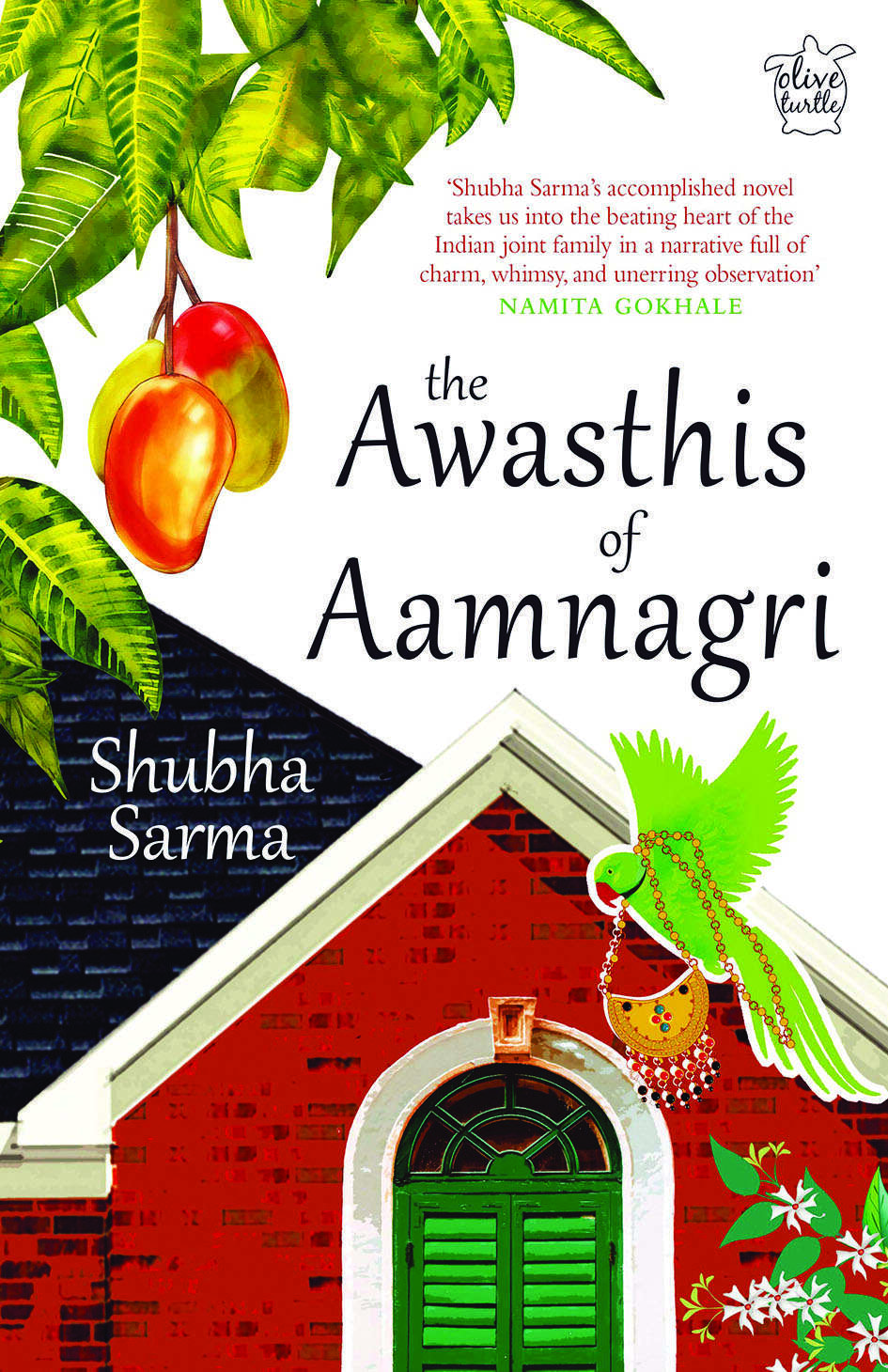"The Awasthis of Amnagri" | Utopia we all need
Divided into seven chapters, The Awasthis of Amnagri tells the tale of one Awasthi household (a huge joint family) and thus, re-discovers the old-world values in contrast to the new-era problems; writes Arnav Jha
Author: Shubha Sarma
Publisher: Niyogi Books
Whenever someone utters the word ‘Malgudi’, almost immediately some certain sketches of a distant imaginary land dawn in our mind. And the magic of it is that though imaginary, it is too immediate to be imagined. Malgudi, with ease, has established itself as a place in everybody’s map. And what is a map but a handful of imaginary sketched borders? Shubha Sarma’s Aamnagri is that threshold which convincingly puzzles a reader with the fine line of reality and semblance. Aamnagri could be anywhere, Awasthis are almost in every colony, and family drama is in every square foot. And the book is a whole gamut of activities; a journey in itself.

This is the story of a brick-coloured mansion named, ‘Bungala Nambar Unnees’, located on Station Road. Despite the hustle-bustle of the main avenue leading to the railway station at Aamnagri, it was an important landmark for passers-by who knew it, more commonly, as ‘Pandit ji’s Haveli’. It is a tale of ghosts walking on soundless feet and parrots who talk of stolen heirlooms; of silk saris and gold necklaces and of birds flying back to their nests.
The story is set in Aamnagri, the city of the Emperor of all fruit (the land of luscious mangoes) where the unsullied waters of Ganga and Yamuna mingle. Occasionally, there is a glimpse of Bageechabad, famous for its mango groves. The narrative traverses several decades, charting the lives of members of the Awasthi family and providing glimpses of a bygone era — when lazy summer vacations were spent at grandparents’ homes; when families lived under one roof: fighting, bickering and in the process, rediscovering their affection for each other. With charming agility, the Awasthis sail through life and its quirks. The advent of God-men, genuine and fake, is a source of both relief and embarrassment for them. But not for the Lady of the Mansion — Mataji. She is the sutradhar who strings this tale of silk sarees and talking parrots together, who handles bedridden bahus and in-danger bhaiyyas with equal ease, who is tyrannical and vulnerable at the same time. And through whom the Awasthi family discovers that happy endings come for a price — of truth and love.
The narrative has an essential old-world charm. Set in the backdrop of distant Bageechabad, and divided into seven chapters, the story tells the tale of one Awasthi household (a huge joint family) and thus, re-discovers the old-world values in contrast to the new-era problems. No individual is flawless here, neither their understanding of the social values. Birds and animals are personified here. They are staged as equal. And the most unlikely and overlooked ones come with the easiest possible solutions to the ‘biggest problems’. Here, the binaries are toyed with and everyone gets a chance to rectify.
The Awasthis of Amnagri — a utopia that we all need.




